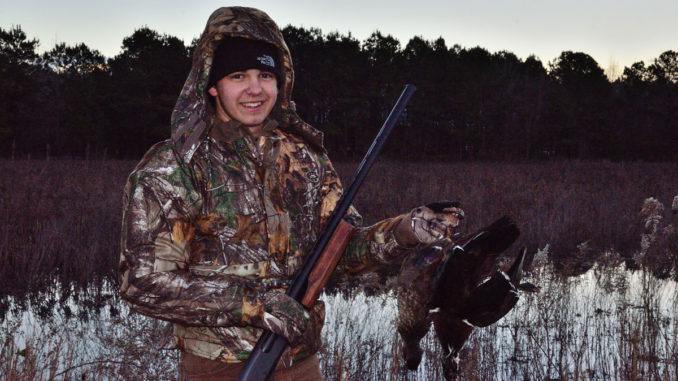
Even though the short duck season has come and gone by the first of November, the core duck seasons remain, and the flood of migrating waterfowl is on its way. Waterfowl impoundments should be fully flooded this month to capture these birds when they arrive.
According to the U.S. Fish and Wildlife Service, the majority of the ducks migrate during November and December. There will be some January arrivals — just like there are every year — but these are mostly weather-driven from neighboring states.
Ducks will choose to spend their winter days in flooded environments with significant food and available cover. Ducks will venture out and find the best food sources as soon as they arrive, whether they are moist-soil management areas, greentree reservoirs or flooded grain fields. Hunters should go ahead and flood their hunting areas to ensure that these arriving birds have a place to eat and rest as soon as they arrive.
Greentree reservoirs need to be flooded by the first of November to prevent all of the acorns from being completely consumed by deer, squirrels, turkeys and raccoons. Since most greentree reservoirs are not consistently level, water depths will vary across the site, and that can be a benefit for a variety of waterfowl types, including diving and puddle ducks.
Moist-soil management areas and flooded crop fields will also benefit from a full flood by Nov. 1 to prevent other wildlife from working over tasty groceries destined for arriving migratory birds.




Be the first to comment